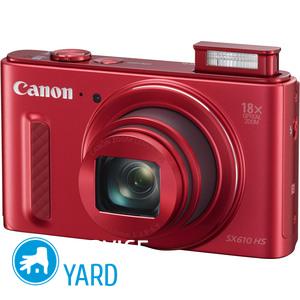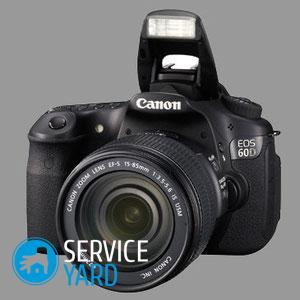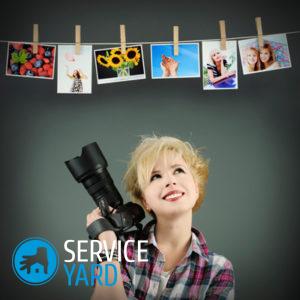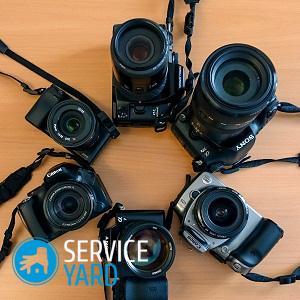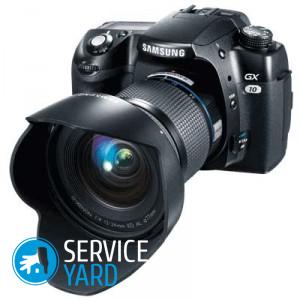How to choose a SLR camera?
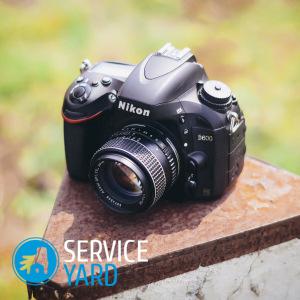
Today, in the technology market, you can find thousands of options for different cameras for every taste and color of the consumer. All these models have different prices, specifications and manufacturers. The most popular these days are SLR cameras. And the reason is that the clarity of high-level images, saturation and brightness warm the soul of any photographer. How to choose a SLR camera? Let's find the answer that excites beginner photographers so much.
to contents ↑Should I buy a “DSLR”?
Do you need this device? Many users are chasing fashion and buying the most expensive devices, and after a while they realize the whole uselessness of the purchase. Can do“Soap dishes” with a good matrix or in extreme cases - with your camera smartphone. In fact, only those users who do not attach special importance to such views on photography.
This material is presented for the category of people who consider quality an integral attribute, because you are the one who deserves the best shots that will not have blurry faces, red eyes and incomprehensible glare. Let's talk more about how to choose the right SLR camera.
to contents ↑The meaning of the name and features of the technique
This camera got its name due to the fact that a mirror is provided in the design, which deals with the direction of light fluxes into the lens eyepiece. In fact, in the viewfinder you see the same picture as with your own eyes. It was thanks to the mirror that this situation became possible, hence the name of the camera came out.
Important! This is not a panacea, and if you wish, you can pick up good equipment in another category. It all depends on the budget, the frequency of the planned use and even the personal professional skills of the photographer. Therefore, so that you do not make rash purchases, we suggest you once again weigh everything and figure out the details. Follow the link to another our article "Which camera is better - SLR or digital?".
Before continuing to praise this interesting device, we immediately announce its shortcomings:
- Great market value.
- Dimensions that are not “small” by any means.
Anyone can understand that these shortcomings are not the most global problem. If we were talking about “soap boxes”, then the list of minuses has increased significantly. We proceed to consider the main requirements for the device, if you decide to choose the SLR camera correctly, and at the same time get acquainted with its parameters.
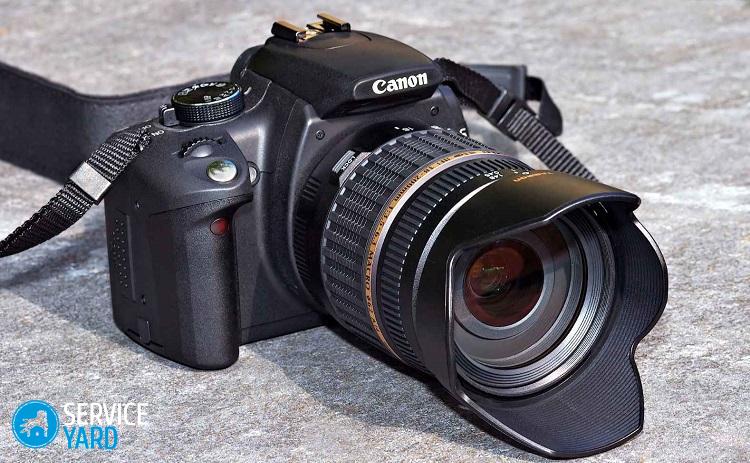
Device classification
All DSLRs can be divided into:
- Amateur option. The simplest equipment that does not stand out with a huge number of settings and modes. It has a relatively low cost and is the best option for beginners.
- Semi-professional. Usually, only those photographers who are already knowledgeable in photography and who are calmly versed in the interface parameterization are interested in buying such devices. Such gadgets are not much inferior to professional equipment, so most users prefer them. Given such a high demand, we have prepared a separate publication that will help you clarify all the nuances of choice andtop models of semi-professional cameras.
- And finally - professional. This is the choice of those who are familiar with the device and the principles of its operation. They have a huge cost and are unlikely to suit the average layman.
Which SLR camera is better? To determine this, you need to read the main information about all the important details.
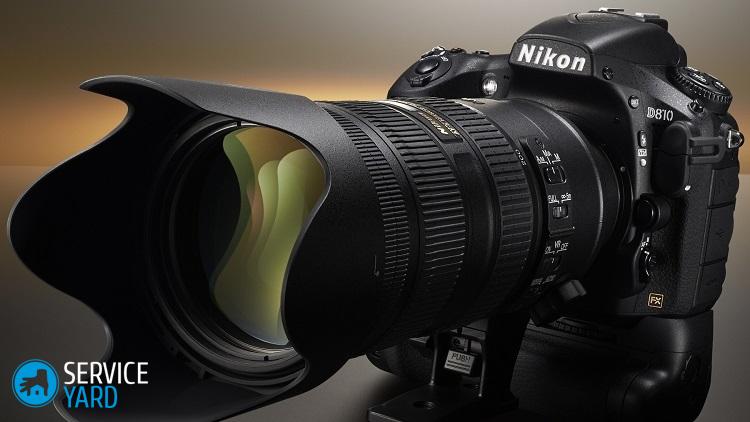
Lens
The lens is the most important component (after the device itself, of course). The vast majority of devices comes immediately complete with standard accessories. Such a set is enough to start practicing, and “dummies” are enough for the eyes.
Important! You need to change this detail only when confidence in your abilities grows significantly. If the level of professionalism is sufficient, then you can buy several models at once, with the help of which you will switch to the rank of semi-professional.
But there are also models that are not originally equipped with a lens. Such devices are called “body”. “Body” is the choice of advanced professionals who have long been accustomed to buying lenses themselves.
to contents ↑Focal Length (EGF)
To choose a good quality SLR camera, you must also deal with EGF. This parameter is usually indicated in millimeters, for example, 18-55 mm. If this parameter is changed, the perspective will also change - things and people become larger or smaller, farther from each other or closer to each other, depending on the size of the set unit.
The EGF (focal length) for beginners should be somewhere between 18-55 mm. Such devices are suitable for amateur photographers. Leave large values to those who swim in all this for more than a year.
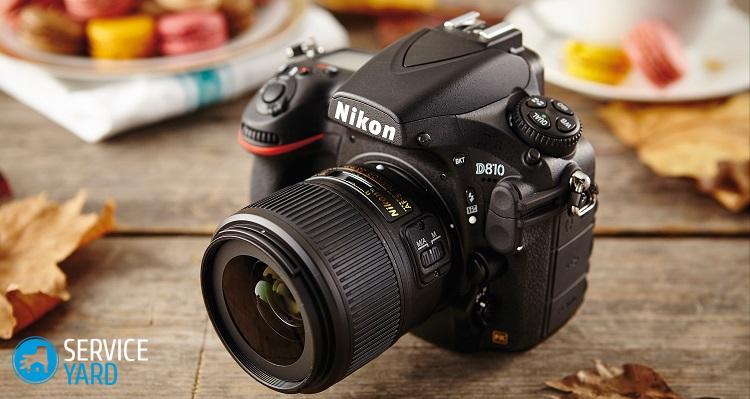
Matrix
This parameter is also called a sensor. The main function of the sensor is image quality. The principle is somewhat similar to the frames on the film, only here everything is processed digitally: the light falls on the matrix, it is fixed, the pixels turn it into electric charges, and the processor turns them into a visible image.
The matrix has its own parameters that you need to focus on in order to choose the SLR camera correctly. The most important of them is the number of megapixels, and the second is the size:
- The number of megapixels (megapixels) is increasing annually, but 13 megapixels is enough for high-quality photography. Values that are significantly higher than this number are considered to be the marketing ploy of the manufacturer who wants to cash in on this.
- But with the size of things are different. Choose the device for which this value is the largest, because it directly proportionally affects the image quality.
to contents ↑Important! In more detail, the topic of this component of any decent technology is discussed in a separate post - "What is the best matrix camera?".
Photosensitivity
It is also called ISO. The value of this indicator characterizes the ability of the matrix to perceive the light flux. Easier is a “tool” that helps to cope with insufficient lighting. A “DSLR” with high sensitivity in the dark will do better. But there is one pitfall - the larger this parameter, the greater the likelihood of interference that will be noticeable in the darkened areas of the photo.
Important! Do not choose a SLR camera solely for this indicator, since you run the risk of buying low-quality equipment. Consult with professionals or buy a device with standard indicators of this parameter.
How to choose a good SLR camera? It remains to consider only the types of matrix, and you can immediately run to the store.
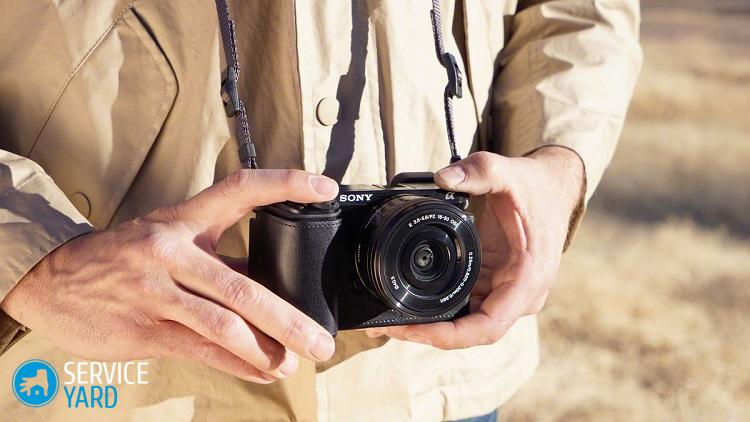
Matrix Types
It is customary to distinguish the following two types of this component:
- CMOS is a complimentary metal oxide conductor.
- CCD is a charge-coupled device.
Beginners may not particularly delve into this information, but for general knowledge:
- CMOS are much cheaper, faster and less charge.
- CCDs work quietly but consume more electricity.
Important! The latter option is preferred only for shooting in low light.
Once you understand the characteristics and selection criteria, it's time to look at a model that suits your goals. For this, our portal of useful tips has ready-made reviews:
to contents ↑Stock footage
As you can see, you can completely independently understand all the characteristics of modern technology and choose a SLR camera that will ideally meet your requirements.




